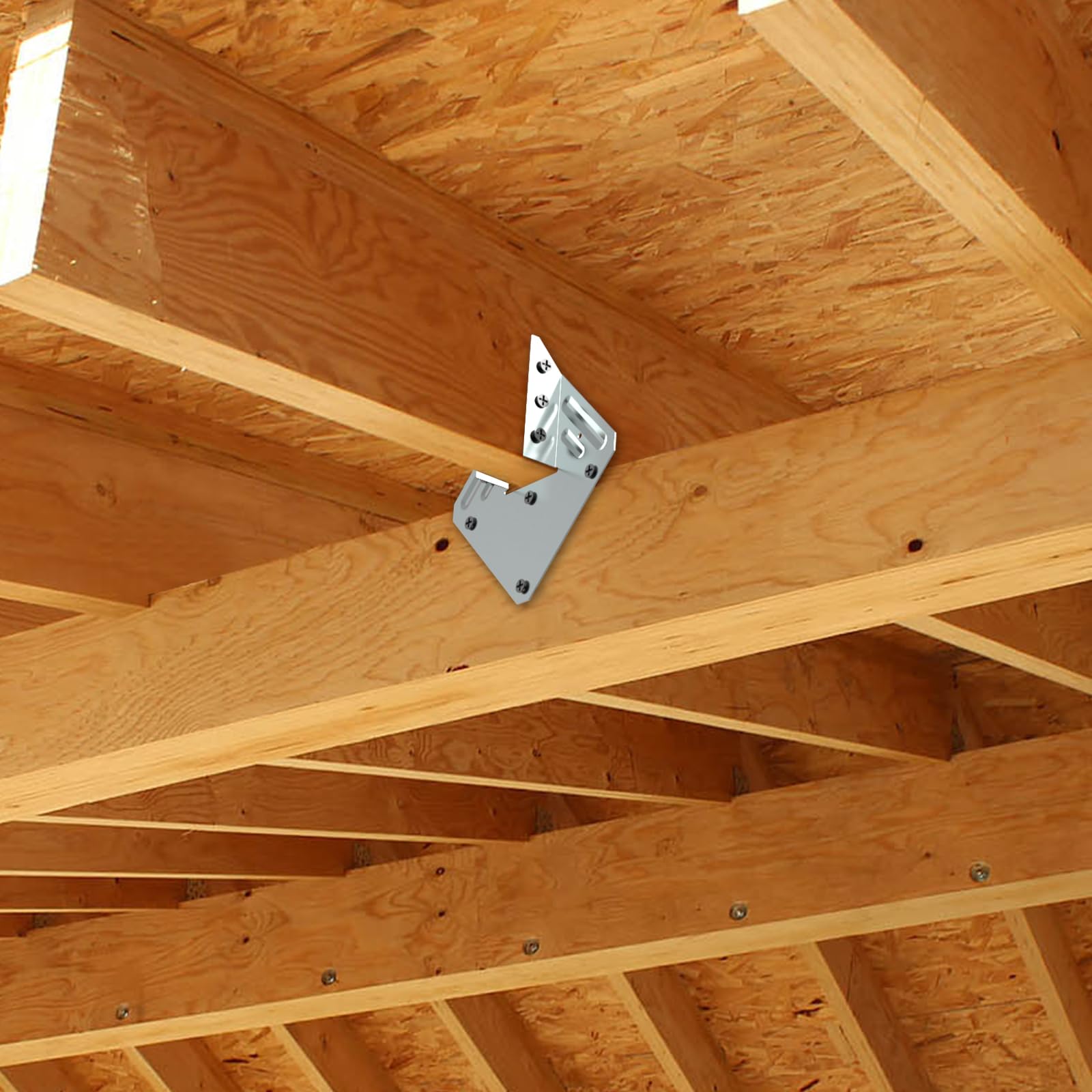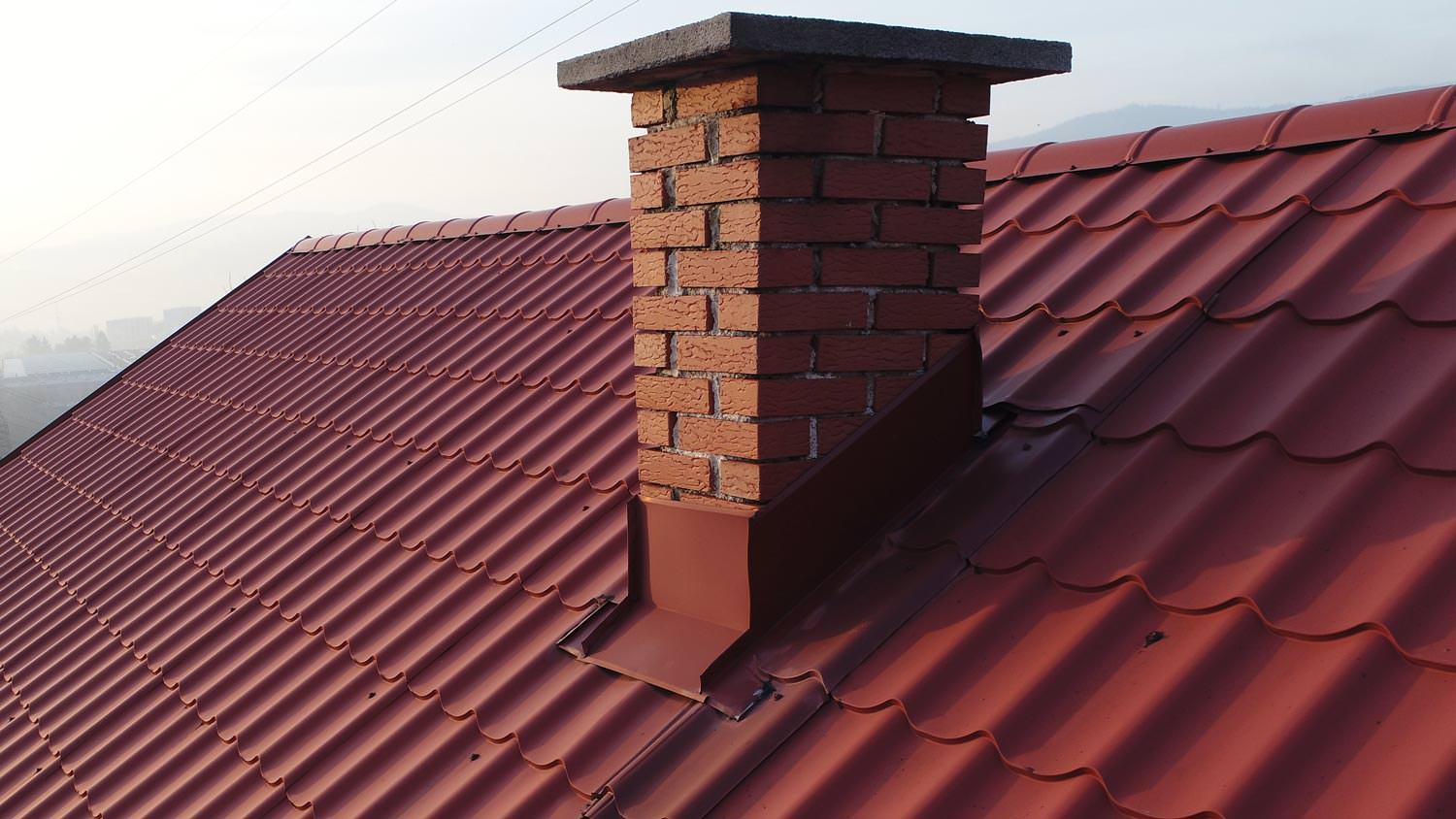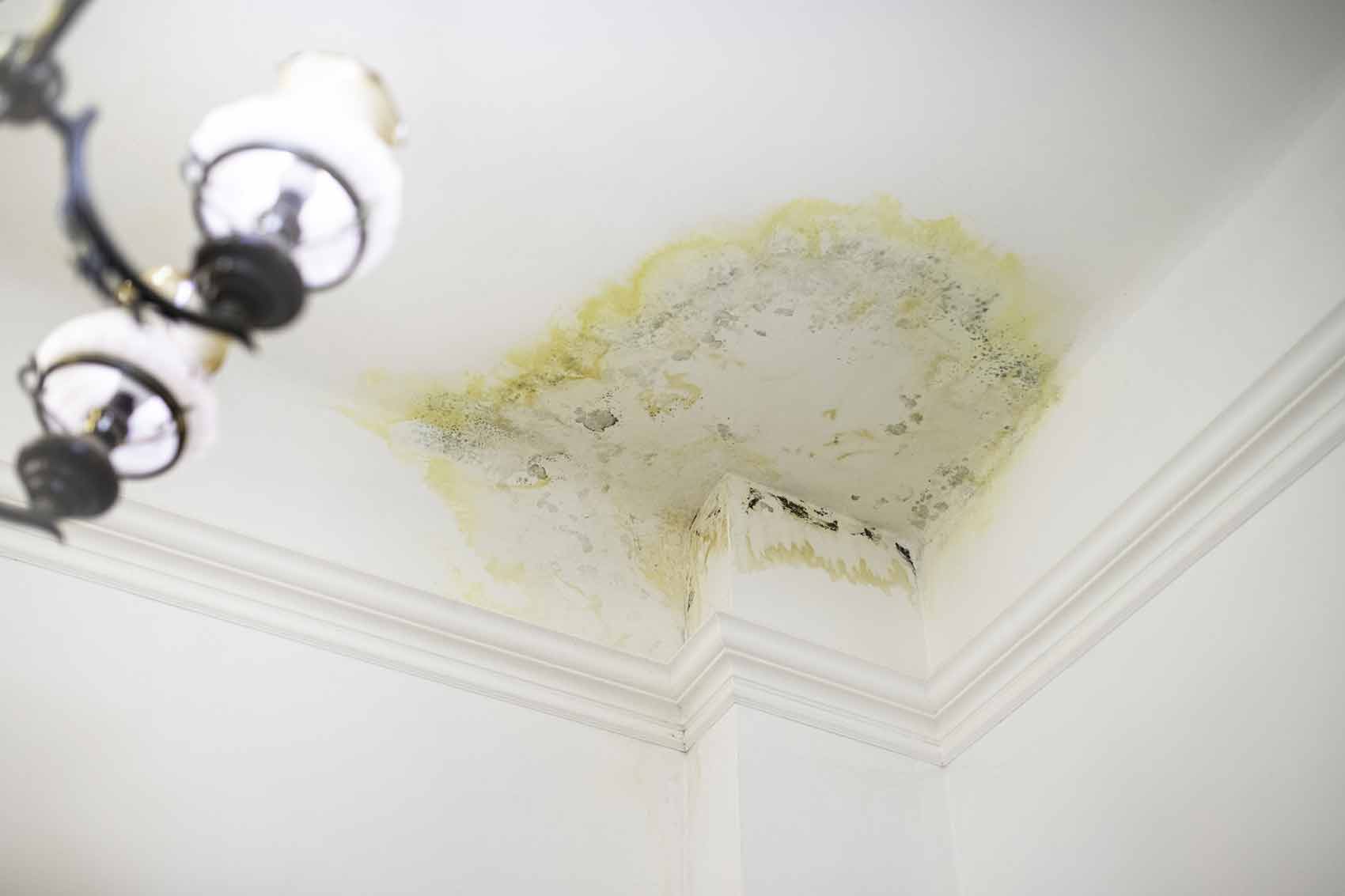When a strong storm heads our way, one of the most vulnerable parts of a house is the roof. That’s because wind can get under the roof deck, lift up rafters or trusses, and even rip off the entire roof structure. At HUDCO Roofing, we install and recommend using hurricane ties to stop that from happening. These metal connectors — sometimes called hurricane straps or roof clips — create a solid link between the roof framing and the rest of the house. Here’s what you need to know, in plain—clear—language.
What are Hurricane Ties and Why Do They Matter?

A hurricane tie is a piece of hardware made of strong metal that anchors the roof’s structural elements (like rafters or trusses) to the wall plates or other secure framing.
It’s a simple idea: by linking the roof to the walls, you reduce the chance that wind will rip the roof right off.
In Louisiana and other coastal zones, building codes require stronger attachments because wind uplift can be severe. For example, the FORTIFIED Roof® standard for homes specifies stronger fasteners and connectors to prevent the roof from being lifted by strong winds.
Also, local hazard-mitigation plans list “roof tie-downs” as a key step for protecting structures.
In short: installing proper hurricane ties is a cost-effective step that supports the rest of your roof system.
How Hurricane Ties Protect Your Roof from Storm Damage
Here’s how these connectors help:
- They connect roof framing directly to the wall structure. Without that link, uplift from wind hits the roof and can break it away from the house.
- They help retain the roof deck under wind uplift. Once wind gets under shingles or roofing panels, the entire deck can peel up. Hurricanes ties reduce that risk.
- They stop one failure from leading to another. If the roof lifts, water and debris follow—causing major damage inside. By keeping the roof secure, the house stays dry and intact.
- They improve the overall wind-resistance of the home. If the roof holds up, the rest of the structure stands a much better chance.
This is especially important for people hiring us for either a full roof replacement or a repair. If you’re already working on your roof, asking for hurricane ties (or hurricane straps) is wise.
Where and When to Install Hurricane Ties (or Retrofit Them)
You don’t always have to tear off the entire roof to install hurricane ties. Here’s how we handle it at HUDCO Roofing:
- During full roof replacement. When we do a residential roof replacement we inspect the framing and often add hurricane ties where required.
- During major repairs. If the roof has significant wind damage or we’re doing roof repair we’ll check for missing or corroded ties and replace them.
- As a retrofit. Even roofs not planned for replacement can be strengthened. If your home is older and you’re worried about storm risk, ask us about adding hurricane ties and straps.
- When pursuing a FORTIFIED Roofing System installation. The FORTIFIED standard calls for stronger connectors.
If you live in the Baton Rouge, Lafayette, New Orleans, Lake Charles or Shreveport area, you can expect us to treat your roof like a storm-hardened asset.
- We serve homeowners looking for an expert Roofer in Baton Rouge, LA.
- We also cover the Roofing Company in Lafayette, LA, the Roofing Company in New Orleans, LA, the Roofing Contractor in Lake Charles, LA (yes same link as New Orleans page), and the Roofing Company in Shreveport, LA.
How to Install Hurricane Ties (or What to Ask your Roofer)
If you’re getting bids and want to know the difference, here are what we look at, and you should ask:
- Where to locate ties. Our crew will examine rafters or trusses and pick locations where a tie will link each rafter/truss to the wall plate or blocking.
- Type of metal connector. There are various models—some wrap the rafter, some strap it. We choose a connector rated for the local wind-zone conditions (important in Louisiana).
- Nailing or bolting. The connector must be secured with the proper nails or bolts per manufacturer specs. Installing just a few screws won’t cut it.
- Compatibility. If the home is older or the framing is non-standard, sometimes additional framing or blocking is required so the connector has something solid to anchor to.
- Inspection and code compliance. We check local codes (and whether you’re claiming a FORTIFIED qualification) to make sure the ties meet wind-uplift criteria.
- Integration with the rest of the roof system. Ties alone aren’t enough if the roof deck, shingles, or flashing are in bad shape. We make sure everything lines up so you get full benefit.
If you’re thinking “can I DIY?” you could, but it’s tricky because you need to know the correct connector, the framing condition, and local wind/structural code. At HUDCO Roofing we handle that from start to finish so you don’t have to worry.
Benefits of installing hurricane ties with HUDCO Roofing
When you partner with us you get more than just metal straps. Here’s what adds up:
- Expert crew that understands wind damage, uplift, roof framing and proper installation.
- Material selection appropriate for your home’s wind-zone and structural framing.
- A full inspection when we’re on site — so we’ll spot other weak points (decking, nails, underlayment).
- We can tie the installation into a larger roof repair or residential roof replacement project so your home gains value and protection.
- If you’re interested in higher protection, we offer the FORTIFIED Roofing System installation which may help with insurance discounts.
- We serve both residential and commercial clients (we also do commercial roof repair if you own a business building) so we bring depth of experience.
Why Hiring HUDCO Roofing Makes Sense
When you choose HUDCO Roofing you’ll be working with a local team that knows Louisiana’s weather, building‐code requirements, and storm-risk best practices. We include installation of hurricane ties as part of our storm-hardening work. Whether you’re repairing a roof after damage, replacing an aging system, or upgrading to a FORTIFIED standard, we’re prepared.
If you’re in the Baton Rouge area, Lafayette, New Orleans, Lake Charles or Shreveport, we’ve got you covered. We’ll walk you through what needs doing, provide a clear estimate, and explain how hurricane ties help protect your home. Don’t wait until the next big storm — let’s get ahead of the risk.
Contact HUDCO Roofing for Roofing Services in Louisiana
Wind storms don’t announce themselves before they hit. But adding hurricane ties to your roof framing gives you a fighting chance. They tie your roof into your home’s structure in a strong, practical way. With our team at HUDCO Roofing handling the work, you get full service: inspection, material, installation, code compliance and warranty. Ask about hurricane ties, hurricane straps for roof, hurricane clips — whatever term you prefer — and we’ll make sure your home is ready.
Take action now. Call us at 318-584-0044 or reach out through our Contact Page to schedule a free inspection. Protect your roof before the next storm rolls in.
Common Questions About Hurricane Ties
Q: What’s the difference between hurricane ties and hurricane straps or clips?
A: They’re basically the same idea. “Hurricane ties” or “hurricane straps” refer to metal connectors designed to resist wind uplift by tying roof framing to wall framing. “Hurricane clips” sometimes refers to similar connectors at different framing junctures. The function is the same: robust metal linkage.
Q: Can hurricane ties be added without replacing my roof?
A: Yes, in many cases. If the framing is accessible and in good condition, we can install ties as a retrofit. If the roof deck or shingles are failing, we’ll recommend doing the full replacement or repair at the same time.
Q: How do I know if my home needs hurricane ties?
A: If your roof is older, you’ve experienced storm damage, or you live in a high-wind zone (like southern Louisiana) then yes — you should consider them. A simple inspection from us can tell you if there are missing ties, weak connectors, or vulnerable framing.
Q: Will hurricane ties alone prevent all damage?
A: They significantly reduce risk, but roofs still need good deck nails, proper shingles, flashing, underlayment and maintenance. If your roofing system is weak in other areas, the ties help, but they don’t guarantee zero damage. That’s why we treat ties as part of a full roof protection plan.



